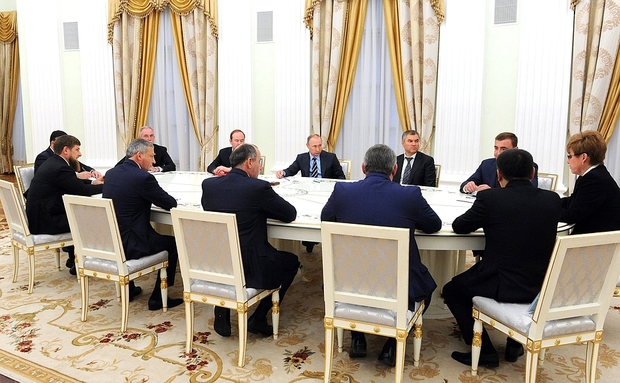Only ten of Russian regions financially stable
Despite the overall economic upturn, many of Russia's regions continue a financial decline. A third of all regions is surviving only due to federal subsidies, while over a half is struggling to cope with their social obligations and to meet federal demands for funding, says Stratfor.
The economic conditions in Russia are getting better, and the country's economy is expected to return to growth in 2017. This year's budget is based on more realistic oil prices and it has a reasonable spending plan so it can even turn deficit-free. Foreign investors are coming back after a couple of cautious years. Furthermore, Western rating agencies (e.g. Standard & Poor's) have raised Russia's outlook from negative to stable.
However, Russian regional governments feel obviously worse than the federal one. According to the Russian Ministry of Finance, only 10 of 85 Russian regions are economically or financially stable. This is twice fewer than in 2015. Thirty regions depend on the direct federal subsidies, which provide at least 33% of their revenues. The rest of Russia has to work hard to fulfil social obligations and to meet the federal government's demands for funding. The majority of Russian regions sends 63% of their income to the Kremlin. Over the last four years, this figure has grown by 12%, and it is supposed to add another 2% in 2017 (on 27 December, Tatarstan's President Rustam Minnikhanov criticised the Kremlin's plan to raise its take of regional income as ''extremely dangerous''). Only 20% of funds come back to the regions as subsidies and intergovernmental transfers. Besides, many of social programmes and spending are sponsored by the regional budgets.

As a result, most Russian regions have budget deficits, 17 of them have it above the 10% threshold. In order to fill the gaps, the regional governments increased their borrowings using state budgetary loans, securities and bonds, financial credits, and mainly commercial loans from Russian banks. Standard & Poor's estimates the Russian regions' debt at more than $100bn. If that figure is accurate, Russia's regional governments carry the majority of the country's total debt. Moreover, the regions may need to borrow another $20bn to cover the debt payments this year, says the rating agency, because this is the only way to cover their budget deficit. According to the Ministry of Finance, more than a dozen regions have stopped paying off their government loans over the past two years, and four regions have defaulted on international loans.
At his annual press conference in December, Vladimir Putin called the rising regional debt a ''serious'' issue. However, instead of a 9% increase of financial support for the regions proposed by the Ministry of Economic Development, the president asked Minister of Finance Anton Siluanov to enforce existing standards for regional deficits and debt ratios. Under the new policy, any region that fails to meet the requirements would be subject to sanctions.